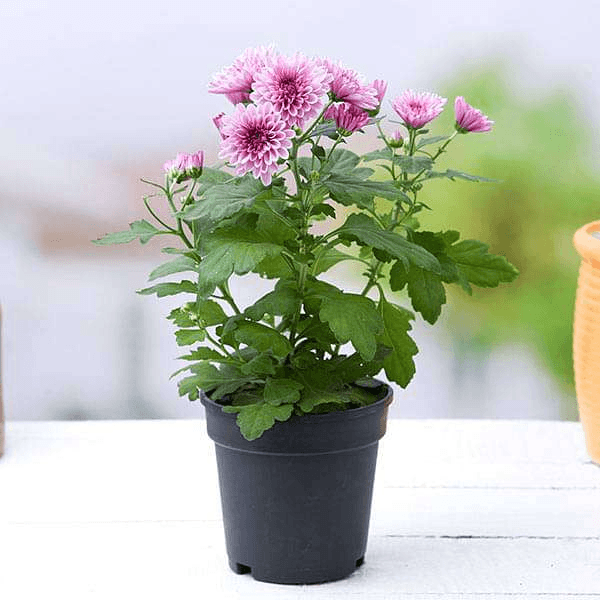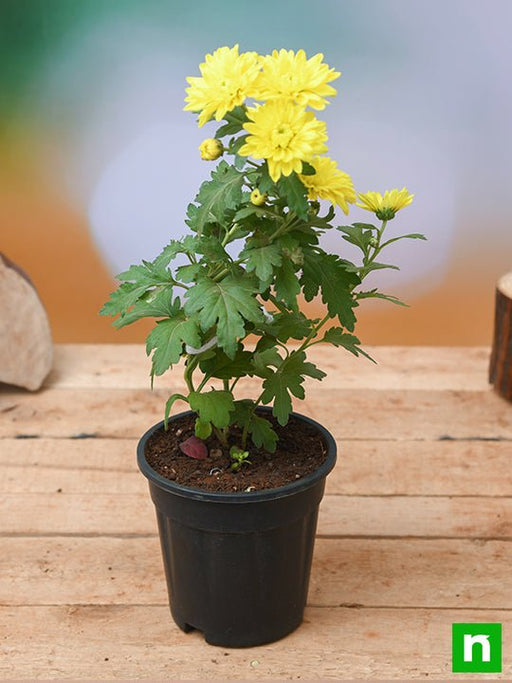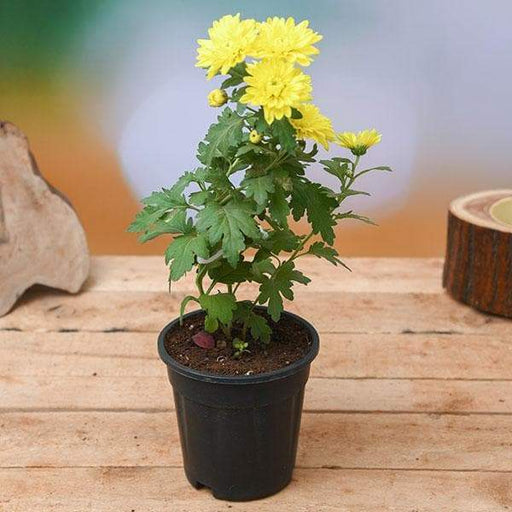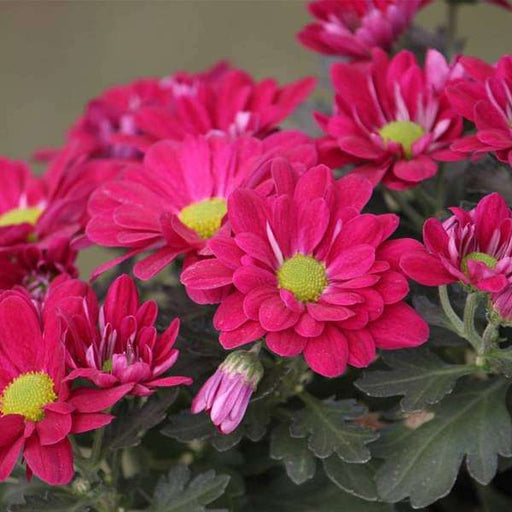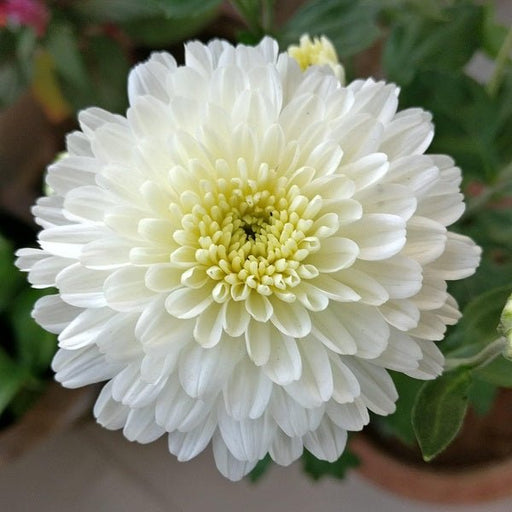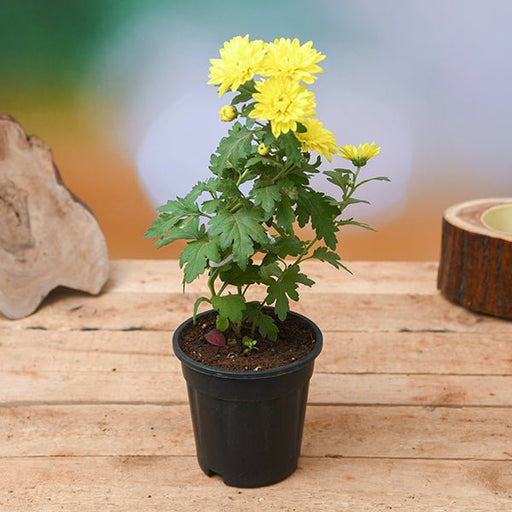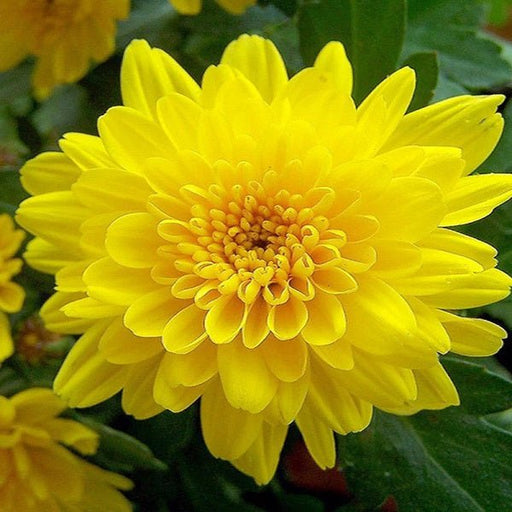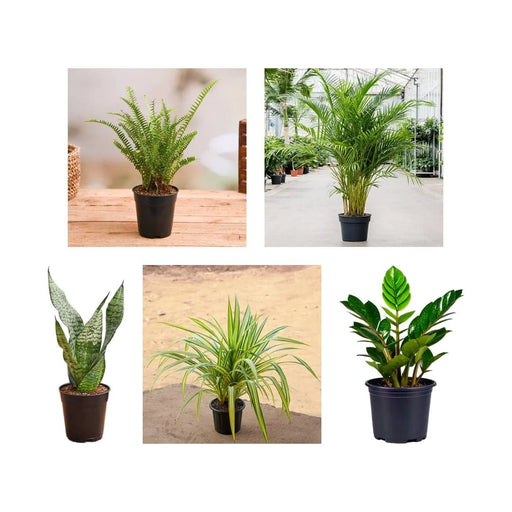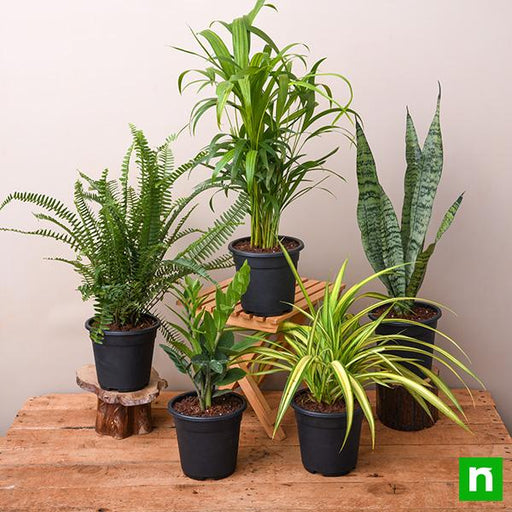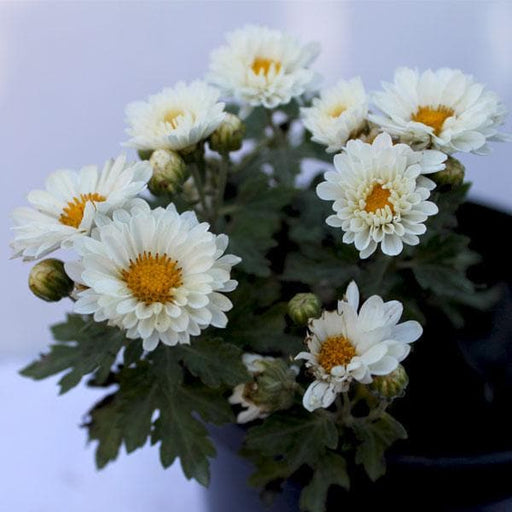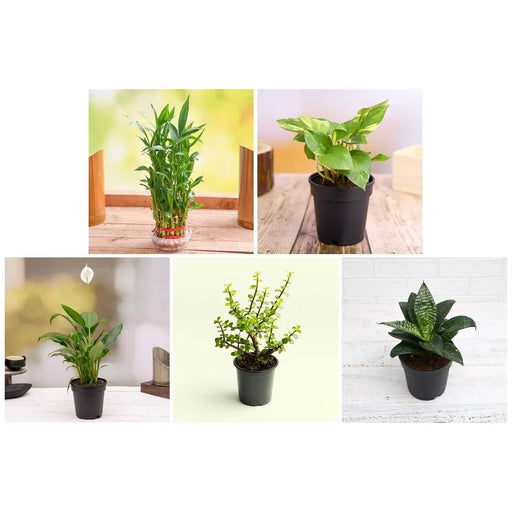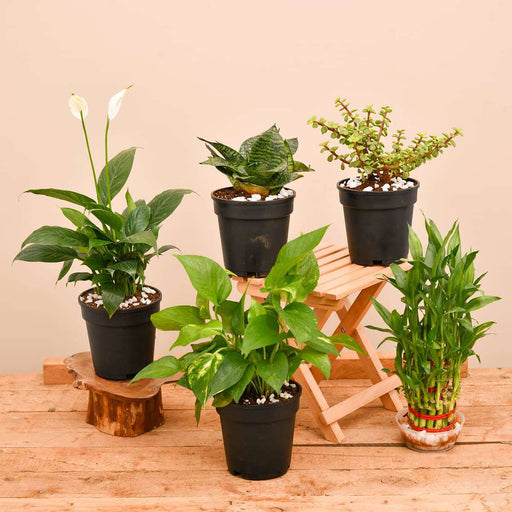Chrysanthemum Plant Care
Taking proper care of your chrysanthemum plants is essential for their health and longevity. Understanding the specific care requirements of chrysanthemum plants can help you create a thriving garden of these beautiful flowers.
Chrysanthemum Plant Varieties
There are many different varieties of chrysanthemum plants, each with its own unique color, size, and shape. Understanding the different chrysanthemum plant varieties can help you choose the best ones for your garden.
Chrysanthemum Plant Propagation
Propagating chrysanthemum plants can be an easy and cost-effective way to expand your garden. Understanding the different methods of chrysanthemum plant propagation can help you grow more of these beautiful flowers.
Chrysanthemum Plant Diseases
Like all plants, chrysanthemum plants can be susceptible to certain diseases and pests. Understanding the common chrysanthemum plant diseases and how to prevent and treat them can help you keep your garden healthy and thriving.
Chrysanthemum Plant Pruning
Pruning chrysanthemum plants can help keep them healthy and encourage the growth of more flowers. Understanding the best times and methods for chrysanthemum plant pruning can help you maintain a beautiful and healthy garden.
Chrysanthemum Plant Fertilizer
Applying fertilizer to chrysanthemum plants can help promote healthy growth and vibrant flowers. Understanding the best types and timing of chrysanthemum plant fertilizer application can help you get the most out of your garden.
Chrysanthemum Plant Pests
Pests like aphids and spider mites can be a problem for chrysanthemum plants, causing damage and inhibiting growth. Understanding the common chrysanthemum plant pests and how to prevent and treat them can help you keep your garden healthy and beautiful.
Chrysanthemum Plant Soil
The right soil is crucial for the health and growth of chrysanthemum plants. Understanding the best types of soil for chrysanthemum plants and how to prepare and maintain it can help you create a thriving garden.
Chrysanthemum Plant Watering
Proper watering is essential for the health and growth of chrysanthemum plants. Understanding the best watering practices for chrysanthemum plants can help you avoid over or under watering and maintain a healthy garden.
Chrysanthemum Plant Sunlight Requirements
Chrysanthemum plants have specific sunlight requirements for optimal growth and flowering. Understanding the best amount and timing of sunlight for chrysanthemum plants can help you create a thriving garden.
Chrysanthemum Plant Landscape Design
Chrysanthemum plants can be a beautiful addition to any garden landscape. Understanding the best ways to incorporate chrysanthemum plants into your garden design can help you create a stunning and cohesive outdoor space.
Chrysanthemum Plant Companion Plants
Choosing the right companion plants for chrysanthemum plants can help improve their growth and health while also adding variety and interest to your garden. Understanding the best companion plants for chrysanthemum plants can help you create a thriving and beautiful garden ecosystem.
Chrysanthemum Plant Cut Flowers
Chrysanthemum plants make beautiful cut flowers, adding color and fragrance to indoor arrangements. Understanding the best chrysanthemum plant varieties for cut flowers and how to care for them can help you create stunning floral displays.
Chrysanthemum Plant Colors
Chrysanthemum plants come in a variety of colors, from classic yellow and white to bold shades of red and purple. Understanding the different chrysanthemum plant colors and how to use them in your garden design can help you create a stunning and cohesive outdoor space.
Chrysanthemum Plant Winter Care
Proper winter care is important for the survival of chrysanthemum plants in colder climates. Understanding the best methods for chrysanthemum plant winter care can help you protect your plants and ensure their healthy return in the spring.
Chrysanthemum Plant Container Gardening
Chrysanthemum plants can thrive in containers, making them a great option for small spaces or indoor gardening. Understanding the best practices for chrysanthemum plant container gardening can help you create a beautiful and thriving garden.
Chrysanthemum Plant Landscaping Ideas
Chrysanthemum plants can be used in a variety of landscaping ideas, from garden beds to borders and even as groundcover. Understanding the best chrysanthemum plant landscaping ideas can help you create a unique and beautiful outdoor space.
Chrysanthemum Plant Transplanting
Transplanting chrysanthemum plants can help them grow and thrive in new locations. Understanding the best practices for chrysanthemum plant transplanting can help you successfully move and care for your plants.
Chrysanthemum Plant Garden Maintenance
Maintaining a healthy and thriving chrysanthemum plant garden requires regular upkeep and maintenance. Understanding the best practices for chrysanthemum plant garden maintenance can help you keep your garden looking its best year-round.
Chrysanthemum Plant Uses
Chrysanthemum plants have a variety of uses beyond just garden decoration. Understanding the different uses for chrysanthemum plants, from herbal remedies to insect repellents, can help you get the most out of your garden.

